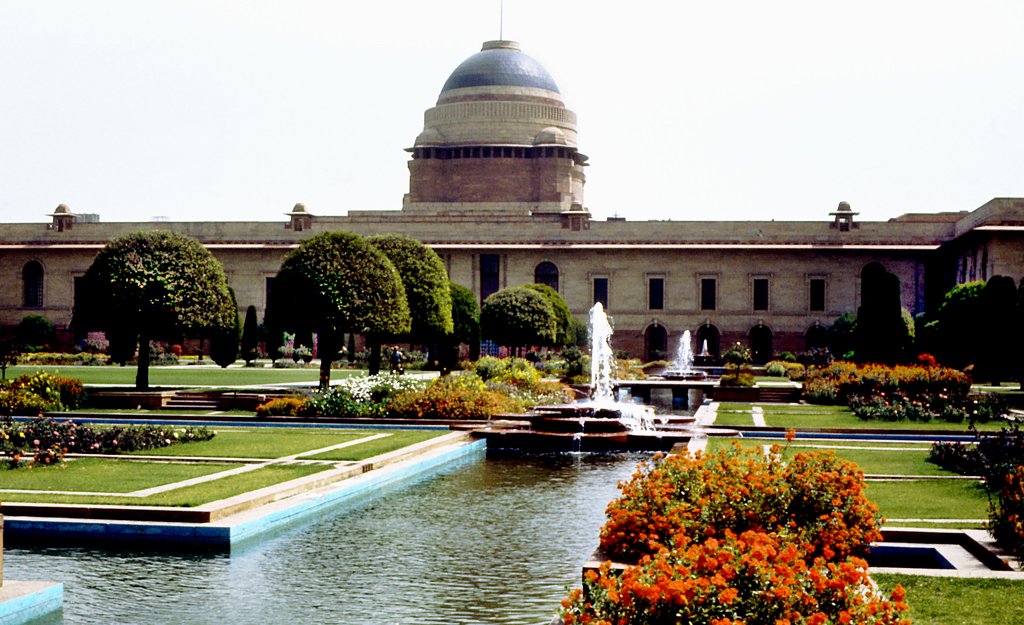Mughal Gardens

The Central Government has decided to rename the Mughal Gardens inside the Rashtrapati Bhavan as Amrit Udayan.
Features of Mughal gardens:
- These are developed in Islamic architectural style by the Mughals in India and other countries.
- These gardens are frequently seen as a place for relaxation and meditation.
- Examples: The Taj Mahal Garden, Agra Fort, Humayun’s Tomb Garden, and the Red Fort Garden.
- Design:
- This gardening design was influenced by Persian, namely the Charbagh structure.
- Gardens are formal in style; symmetrically designed in rectangular or square
- The garden area is divided into four plots by water channels. These four channels represent four rivers of life.
- The running water provides coolness and freshness to the garden.
- The four plots are planted with trees, shrubs, etc.,
- The axis is straight and central and sometimes represented by trees line.
- The water pool created in the centre with over flowing water serves as the central specimen.
- Fountains, cascades are linked to the central pool to create scenic beauty.
- Mughal gardens are surrounded by a high, robust wall. The wall’s summit is decorated with serrated battlements.
- The entrances are often towering and beautiful. The doors are massive wooden structures studded with hefty iron nails and spikes.